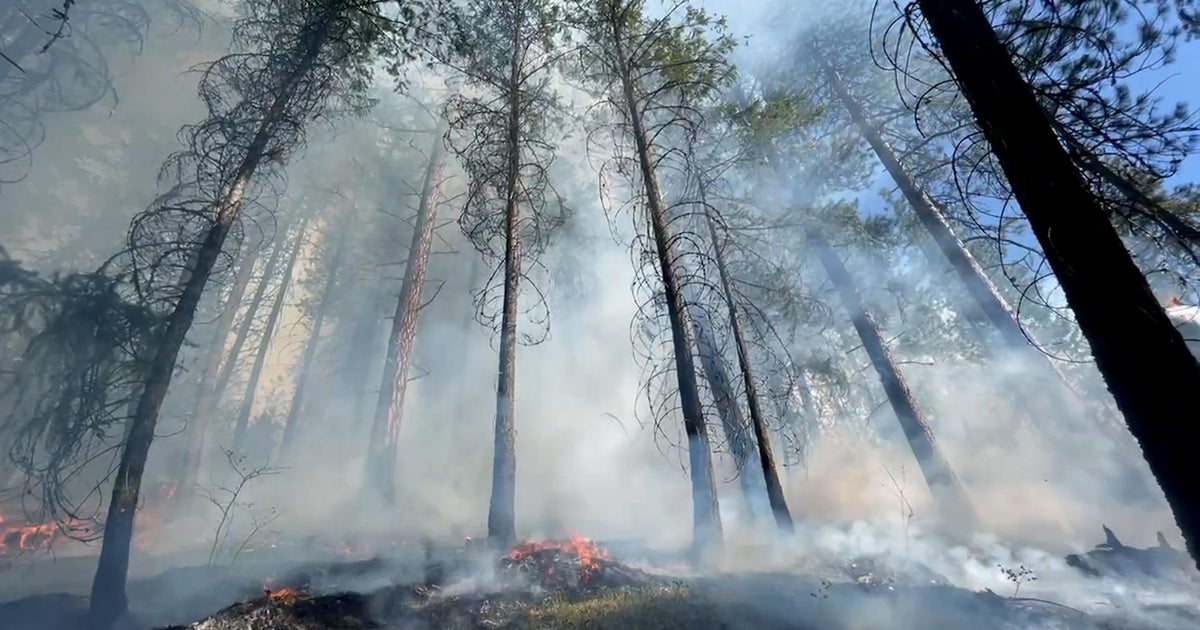In recent months, smoke from wildfires has affected parts of the country that are usually untouched by such disasters. To combat the increasingly severe forest fires, experts are turning to a centuries-old practice. They believe that the long-standing policy of fire exclusion, aimed at keeping fire out of the forest, is at the root of the problem. Since the late 1800s, the United States had a national policy of fire suppression, extinguishing fires as soon as they started. While this successfully reduced forest burn, it resulted in a buildup of flammable dead trees and brush on the forest floor. Sean Parks, a research ecologist at the United States Forest Service Fire Sciences Lab, explains that this buildup, known as fuel, is causing larger and hotter fires. CBS News visited Montana’s Bitterroot National Forest as part of their climate coverage and discovered a different approach to fire management. Indigenous tribes, such as the Bitterroot Salish, used controlled fires every 10 to 30 years to reduce fuel buildup. Trees in the forest bear scars from these ancient fires, showing that they were able to survive. However, after the tribes were removed from the land and fire suppression became the norm, trees went without fire for over a century. This resulted in a buildup of fuel and subsequently, more severe fires that ultimately killed even the centuries-old trees. Parks also highlights the role of climate change in exacerbating the problem. Drier fuels caused by climate change lead to hotter fires that are harder to extinguish. The Confederated Salish and Kootenai Tribes in Montana are leaders in reintroducing prescribed burns to prevent large, destructive fires. They aim to reduce the natural fuel loading and depend on ideal weather conditions for controlled burning. However, shrinking burn windows due to climate change are making it increasingly difficult to execute these burns. The impact of fires on forests is evident in severely burned areas, where regeneration becomes a challenge due to the loss of trees and scarcity of seeds. Research ecologist Kim Davis explains that mature trees can cope with warmer, drier conditions, but seedlings struggle to establish themselves. Climate change is already causing noticeable changes in these areas, making it necessary to consider reforestation efforts. The U.S. Forest Service estimates that around 4 million acres of forest land may require reforestation. Despite the challenges, some areas show signs of recovery, primarily when mature trees survive a fire and provide seeds for new growth. Protecting mature trees from extreme fires is crucial for fostering forest recovery and allowing new trees to grow. This approach offers hope and the possibility of restoring forests affected by wildfire.
Denial of responsibility! VigourTimes is an automatic aggregator of Global media. In each content, the hyperlink to the primary source is specified. All trademarks belong to their rightful owners, and all materials to their authors. For any complaint, please reach us at – [email protected]. We will take necessary action within 24 hours.


